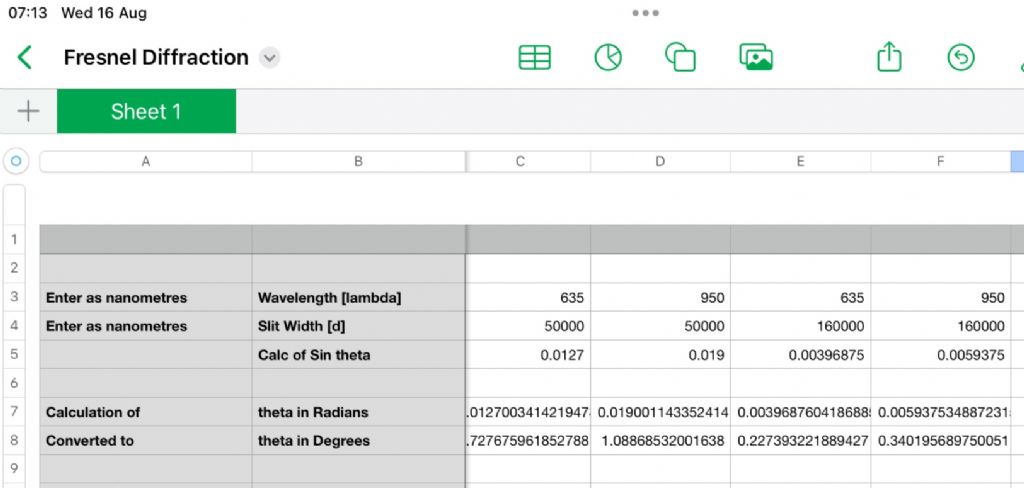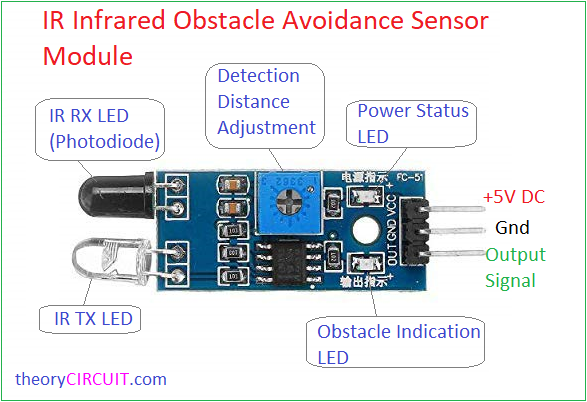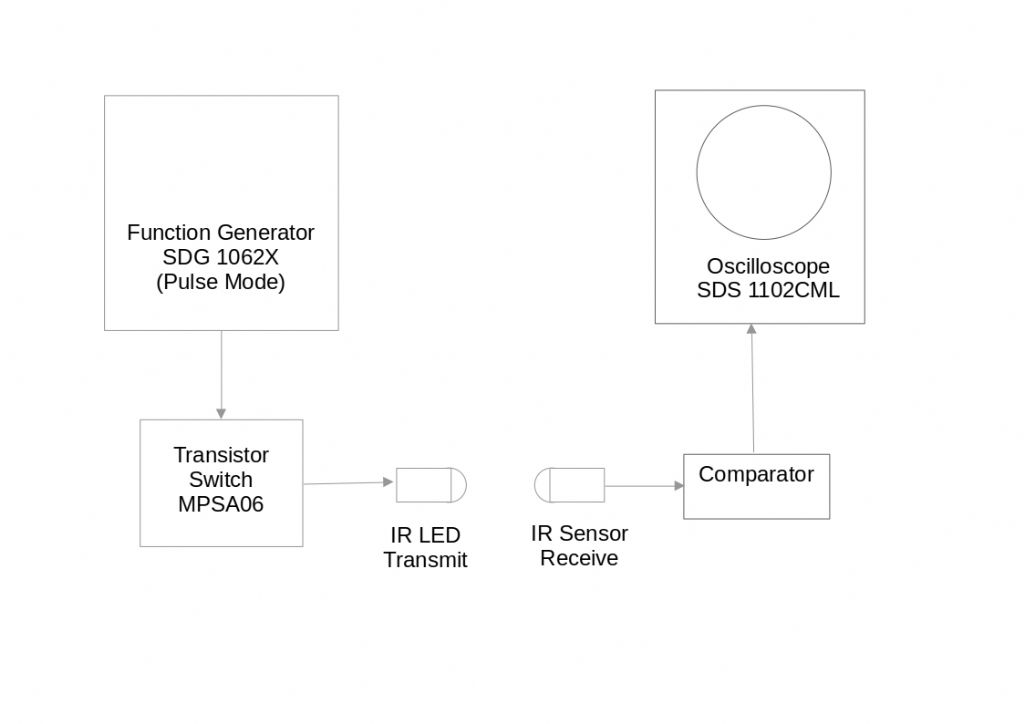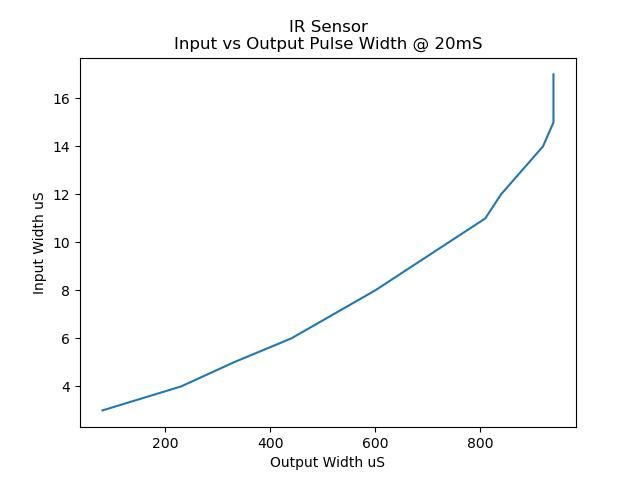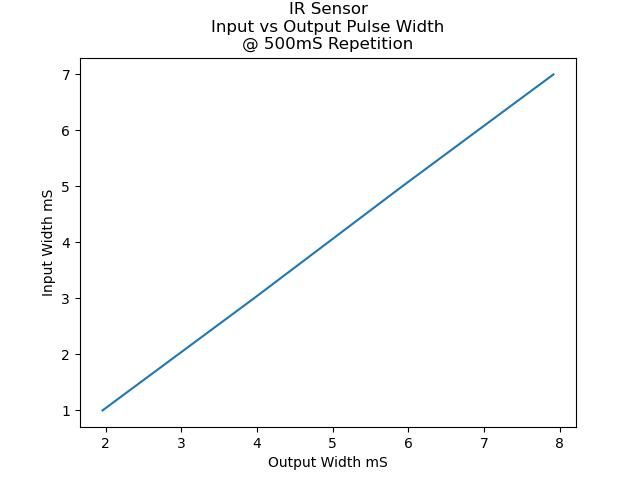Thank you for the info about the Sharp device. So it's a silicon photodiode operating in the near-infra-red. That's perfectly fine.
No, it's a slit as in a simple aperture whose task is to constrain the beam to a small vertical strip. Yes, each edge will diffract, but as I discussed, that doesn't matter if the the slit is close to the photodiode, since virtually all light will be collected by the much larger lens and photodiode anyway.
But now I see that the response time is quoted as 3us, which means that the 4us RMS that I'm seeing is already at or very near the limit of the device's performance. So narrowing the aperture won't help much or at all. That's too bad, but at least you saved me from continuing this effort with the Sharp devices.
Given the documentation and what I've learned, I'd say that the Sharp device is about as good as it will get as-is. That's aside from the ambient light problem, but for that people are already trying out various filters. In the alternative, stopping down the aperture via a slit or pinhole, and adding a more powerful light source should accomplish the goal too. I did just shine the laser on one, full blast (no slit), with the transmitter covered, and it worked perfectly fine, so that remains an option.
If I wanted to do better, I guess I'll have to get an op-amp, etc., and build something around my "1ns" photodetector. Then, as narrow a slit or pinhole as I could make or get would likely be of benefit to timing, as well as simultaneously mitigating the stray light problem.
* An aside: In the famous double-slit experiment, the slit widths and separation affects the pattern seen, but I'm not aware of any necessity that any of them be precisely a wavelength. My understanding is that as long as they are some order of "small," it will demonstrate the phenomena just fine. I'd rather expect that, if a slit was exactly a wavelength, some additional peculiar quantum effects would happen, but I'm not a physicist.
Edited By S K on 16/08/2023 00:22:19
John Haine.


